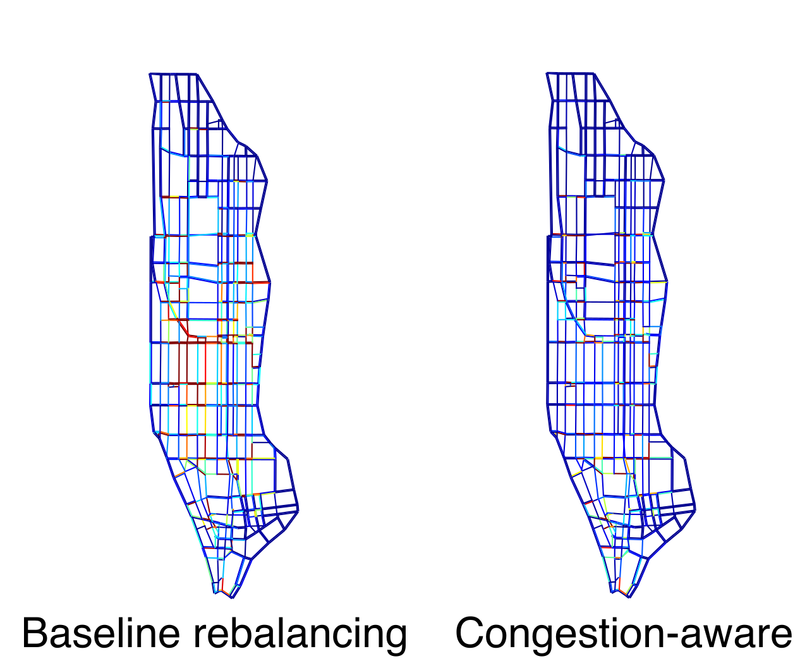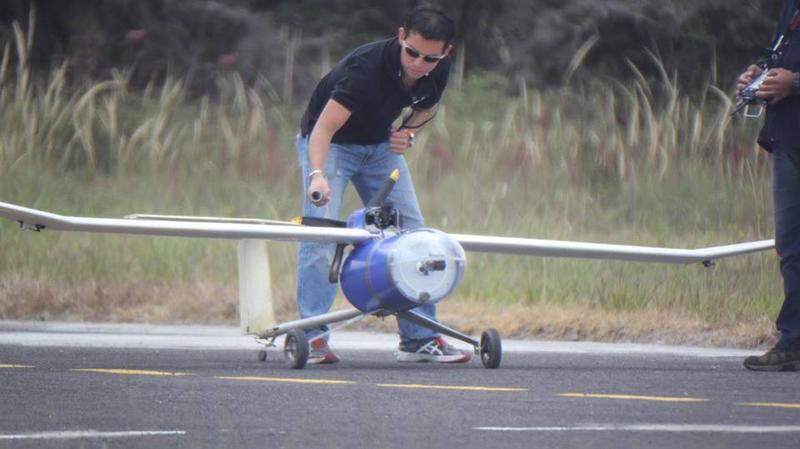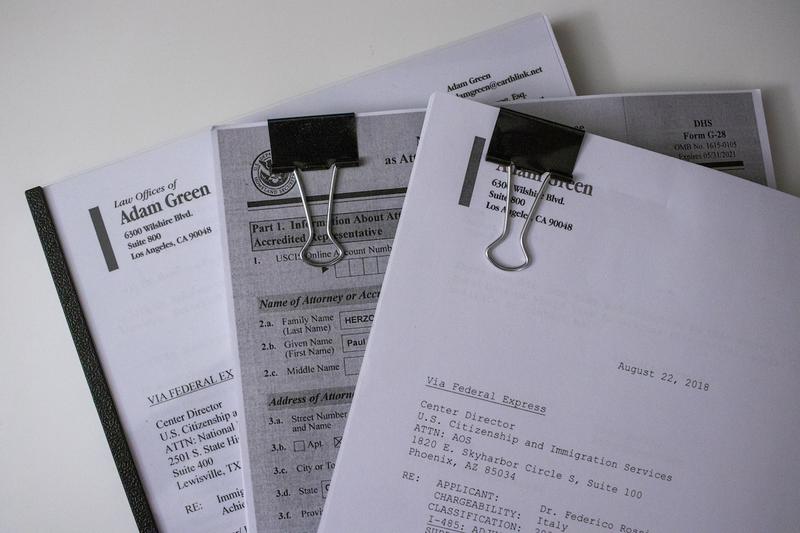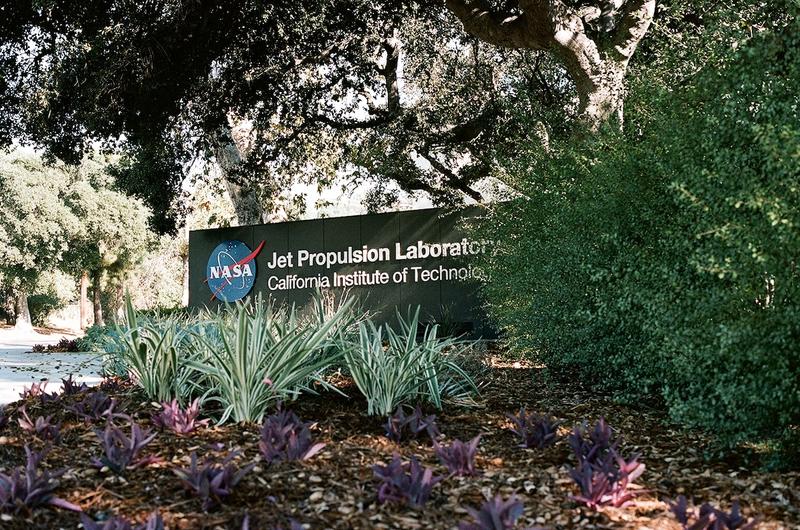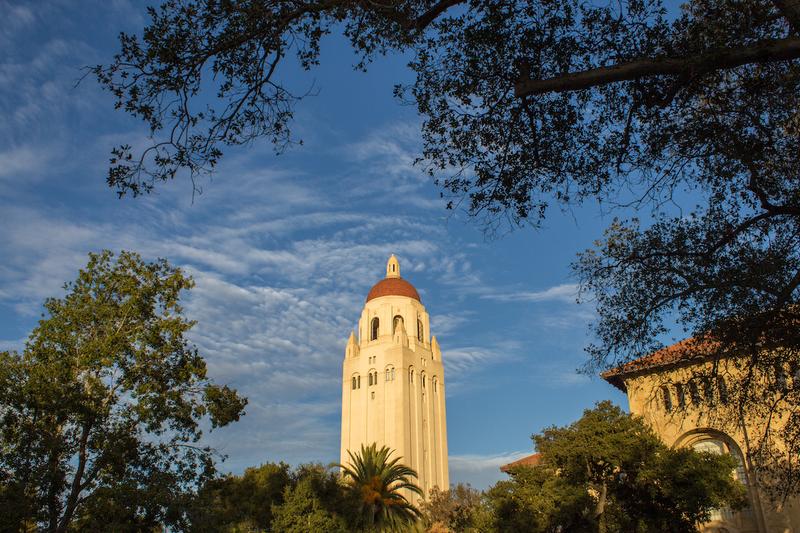
I am a Robotics Technologist with the Maritime and Multi-Agent Autonomy Group (347N) in the Robotics Section of the NASA Jet Propulsion Laboratory.
My current research focuses on optimal control and decision-making in multi-agent robotic systems, with applications to (i) swarms of unmanned aerial vehicles and surface vessels for patrolling and exploration and (ii) coordination of fleets of self-driving cars for autonomous mobility-on-demand in urban environments.
I earned a Ph.D. in Aeronautics and Astronautics at Stanford University under the guidance of Prof. Marco Pavone, director of the Autonomous Systems Laboratory. I received a M.Sc. in Space Engineering from Politecnico di Milano, a M.Sc. in Aerospace Engineering from Politecnico di Torino and the Diploma from the Alta Scuola Politecnica in 2013. In 2011-2012, I spent seven months at SUPAERO as an exchange student (Admis Sur Titre). Prior to that, I received my B.Sc. in Aerospace Engineering from Politecnico di Milano in 2010.
When not in the lab, I enjoy astronomy, photography and reading.
